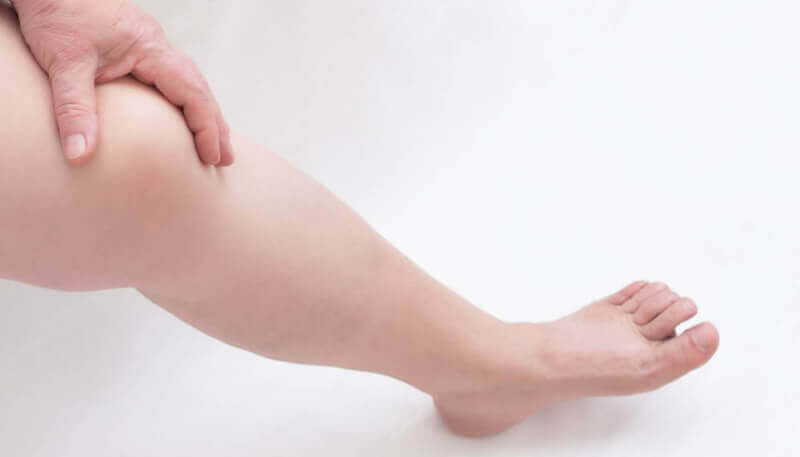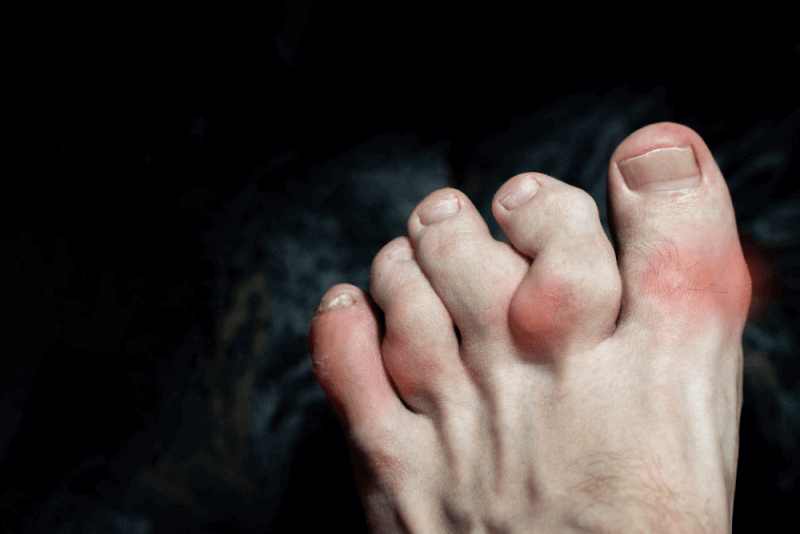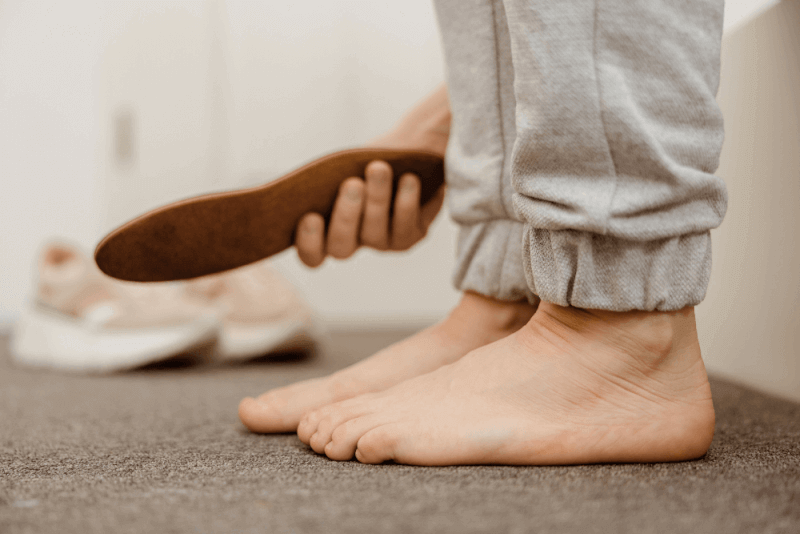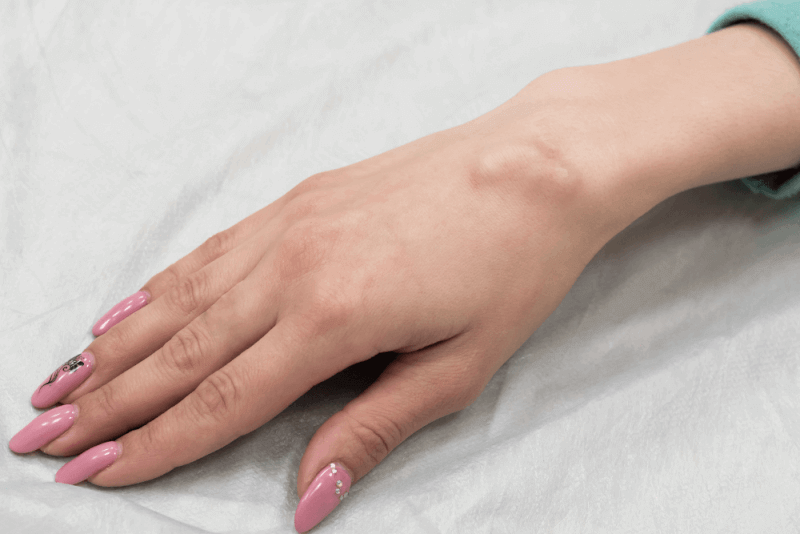30 Second Summary
- Buerger's disease is a disease that occurs in men who smoke.
- It causes inflammation and blockage of blood vessels in the arms and legs.
- The most characteristic symptom is pain in the hands and feet.
- Treatment includes smoking cessation, painkillers, anti-inflammatory drugs, vasodilators, sympathectomy surgery, bypass surgery and amputation.
Buerger's disease, also known as pruning disease among the people, is a disease that usually affects men who smoke. It is especially more common in Middle Eastern and Asian men. Buerger's disease, which often causes blockage of the veins in the arms and legs, causes tissues to be deprived of oxygen because it prevents blood supply. Deprivation of oxygen to tissues leads to serious medical conditions, including amputation of limbs. The only way to stop Buerger's disease is to stop smoking. For this reason, patients should stop smoking immediately.
Buerger's disease, a rare disease, is also called thromboangiitis obliterans. In this disease, blood vessels become inflamed and swollen. It also causes the formation of blood clots, which can lead to vascular blockages. Continuation of this condition causes damage to the skin tissues. Damaged tissues die over time, leading to cases of gangrene. The first symptoms of Buerger's disease appear primarily in the hands and feet.
Studies on Buerger's disease have shown that the use of tobacco products is the cause. Therefore, stopping the use of tobacco products is a prerequisite for treatment. If patients continue to use tobacco products despite the initiation of treatment, it leads to gangrene of the limbs. If gangrene is left untreated, the disease can spread to wider areas and cause much more serious problems. This results in much more extensive amputations and even life-threatening errors.
Symptoms of Buerger's Disease
The symptoms of Buerger's disease are common to almost all patients. The most characteristic symptom is pain that starts in the hands and feet and then spreads to the arms and legs. These pains, which are mild at first, become more severe in the following period. Pain, especially in the feet and legs, causes patients to limp. In addition, the pain is more intense, especially at rest. In addition to this characteristic sign of Buerger's disease, other symptoms include the following.
- Chills in the hands and feet
- Numbness and tingling in the hands and feet
- Hair loss and thinning
- Thinning of the skin
- Brightening of the skin
- Pale skin
- Red or blue discoloration of the skin
- Open wounds on fingers and toes.
- When the fingers are cold, the blood vessels under the skin swell. This is a sign of blockage in the blood vessels.
- Loss of strength and power.
- Patients cannot move their joints as they wish and this leads to loss of movement.
- The blockage of blood vessels by Buerger's disease also causes edema in the feet.
- Reduced blood flow also makes it possible to lose hair on the feet and legs.
- Reduced blood flow also causes stains on the skin of the legs.
Causes of Buerger's Disease
The root causes of Buerger's disease are not yet fully understood. However, the use of tobacco products is known to exacerbate the symptoms of the disease and cause it to progress more rapidly. However, there are no conclusive results on the reasons why tobacco products affect the disease so much. The most common medical opinion on this subject is that the chemicals in tobacco products irritate the inner surfaces of blood vessels. This irritation causes inflammation and clot formation.
There are also various views on the causes of the disease. Genetic factors come first among these views. Experts believe that some patients have a genetic predisposition to Buerger's disease. It is also thought that Buerger's disease may be caused by the immune system attacking healthy tissues.
Tobacco use, which triggers Buerger's disease, includes products such as cigarettes, hookahs and cigars, and is also thought to be caused by passive smoking. In addition, the risk rate increases in people who consume more than half a pack of cigarettes a day.
In addition, there are experts who associate chronic gingivitis with Buerger's disease. However, as we mentioned earlier, the exact causes of the disease remain unexplained.
Buerger's Disease Diagnostic Methods
There is no specific test method that can be used to diagnose Buerger's disease. In addition, specialists order tests to rule out other disease options that are consistent with the symptoms. The most common tests used for this purpose are blood tests.
Thanks to blood tests, diseases whose symptoms are similar to burger disease and diseases that differ in blood symptoms can be eliminated. These include autoimmune diseases such as lupus and scleroderma, diabetes and blood clotting problems.
Another test that is performed if Buerger's disease is suspected is the so-called allen test, which measures blood flow. To perform the allen test, which is extremely simple, the patient is first asked to clench his or her fist. The doctor then applies pressure on the patient's artery and the patient's fist opens. In the final stage, the doctor removes the pressure and observes how long it takes for the patient's hand to return to its normal color.
Another method used in the diagnosis of Buerger's disease is an angiogram. With an angiogram, doctors can understand the condition of patients' arteries. In particular, the combination of an angiogram with MRI or CT provides a three-dimensional image of the blood vessels. Finally, the blood vessels can be visualized with a camera through a catheter inserted into the vein.
Buerger's disease does not manifest itself in all limbs at the same time and with the same severity. It occurs at different times and severity in each limb. For this reason, early diagnosis is extremely important. These tests facilitate early diagnosis.
Buerger's Disease Treatment
Quitting the use of tobacco products is not a direct treatment, but it stops the progression of the disease and makes treatment more successful. Even a few cigarettes a day are known to accelerate the progression of the disease. Patients who have problems with this may be offered medication to quit smoking.
Painkillers
Buerger's disease causes blockage of capillaries in the feet and hands. For this reason, patients may feel pain. Painkillers are used to relieve these pains.
Anti-inflammatory drugs
Blockage of blood vessels can cause inflammatory reactions. Anti-inflammatory drugs should be used in these patients.
Vasodilators
Another group of drugs used in Buerger's disease, which causes blockage of blood vessels, are vasodilators. The capillaries expand and blockage of the vessels is prevented.
Ischemia
Another method used to relieve the inflammation caused by Buerger's disease is ischemia therapy.
Catheter
Some patients may have a catheter to dilate the veins. However, this treatment option is usually not preferred because it does not provide much success.
Sympathectomy surgery
Sympathectomy surgery is one of the most definitive treatment options for Buerger's disease. In these operations, if the symptoms are seen in the feet, access is made through the abdomen and a lumbar sympathectomy is performed. In this operation, the nerve group that allows the foot vessels to contract when the feet are cold is removed. This group of nerves does not cause loss of movement or sensation. In case of symptoms in the hands, a thoracic sympathectomy is performed. These nerves are the nervous system that allows the fine muscles of the hands to contract. In these operations, 70%-80% of patients recover without any complications.
Sympathectomy operations are performed under general anesthesia and last about an hour. In the procedure, specialists remove the nerve bundle through a small incision and close the incision with sutures. Patients can be discharged on the same day. Some patients may also undergo chemical sympathectomy. In chemical sympathectomy, the nerves are chemically blocked.
Bypass surgery
Bypass surgery, which is usually performed when the blockage occurs in the legs, allows the blocked or narrowed blood vessels to be canceled and new blood vessels to be created. There are two different types of bypass surgery. The first is synthetic bypass surgery, which uses a man-made graft to create a new blood vessel. Another type of bypass surgery is autologous bypass surgery. In these operations, a vein from another part of the body is used.
Amputation
In advanced cases, amputation of limbs is performed. It is applied because the death of tissues causes severe pain and to prevent gangrene from reaching larger tissues.
Criteria important in the treatment of Buerger
For Buerger treatment to be successful, patients must first stop using tobacco products. Patients should also pay attention to passive smoking. In addition, regular exercise reduces the severity of symptoms as it improves blood flow. However, it is necessary to get permission from the doctor before starting exercise. In addition, patients need to make some changes in their lifestyles. These changes the doctor will recommend include a regular and healthy diet, reducing alcohol intake and managing stress.













